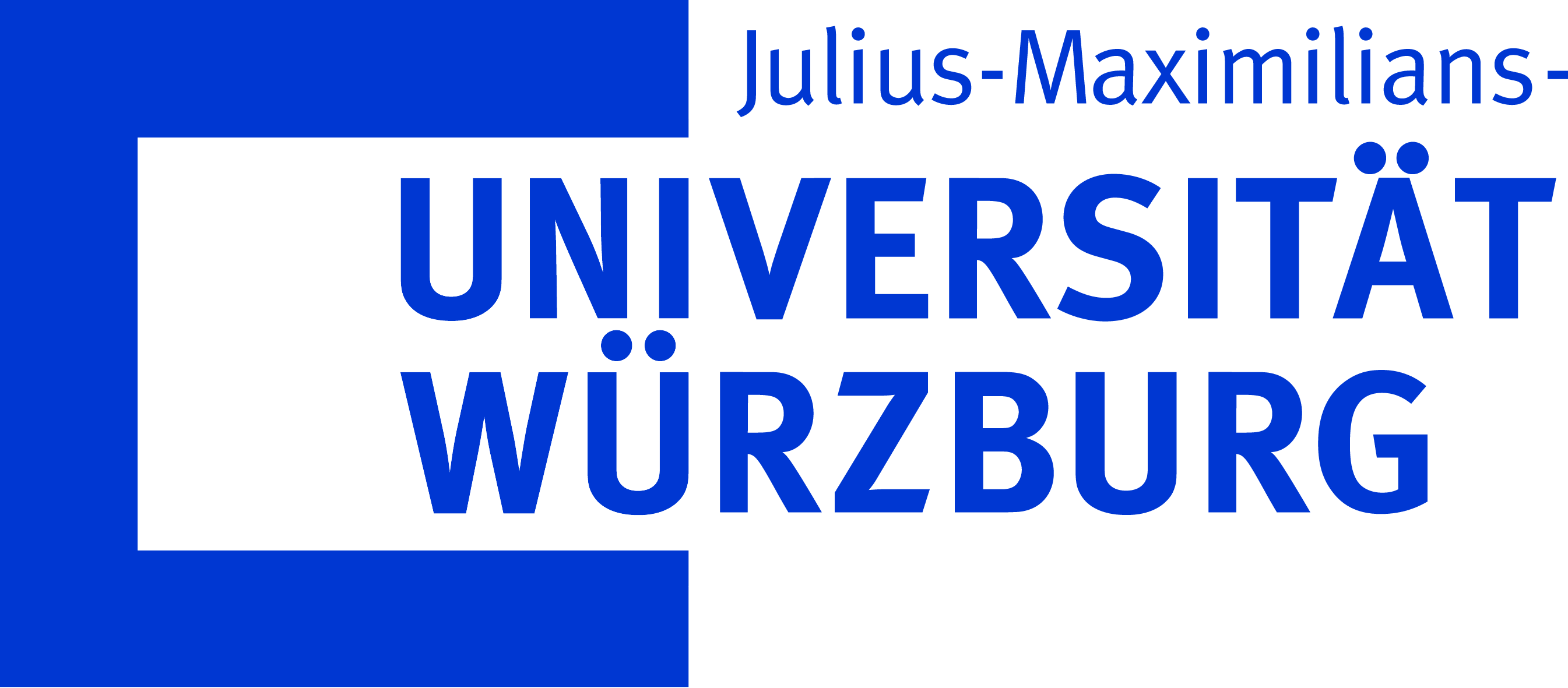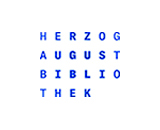German Mysticism
Translating German Mysticism
The Construction of a European Idea

The Works of Jacob Behmen (1764-1781), vol. 3
This project shows that Early Modern English translations of German mystical literature are a key example of the way in which Early Modernity was shaped by the practice of translation. Early Modern England proved to be remarkably receptive to works by authors such as Paracelsus (1493–1541), Sebastian Franck (1499–1542), Valentin Weigel (1533–1588), and Jacob Böhme (1575–1624), which were translated and published into English by overlapping social networks. The English translations connected ideas from the Continent with home-grown approaches, thereby creating an entirely separate tradition in a new language. The success of these early translations even generated a new persona, namely the English equivalent of Böhme or Behmen.
This project aims to conduct a full philosophical revaluation of these translations by analysing how ideas were adapted and reimagined in translation. It has three objectives: 1) presenting and briefly describing the corpus of German primary sources translated into English; 2) analysing the translation strategies for rendering mystical vocabulary into a new language and its impact on philosophical transfer; 3) uncovering the relationship between translation and the use of images as a medium for expressing philosophical ideas across cultures. The latter point focuses in particular on the manuscripts of Dionysius Andreas Freher (1649–1728), a German émigré in London who disseminated and critically interpreted German mysticism through treatises in German and English and numerous images.
The project is based at the Institute of Philosophy at the FU Berlin. There it is being carried out by Dr Antje Wittstock and led by Dr Cecilia Muratori (Dipartimento di Studi Umanistici, Università di Pavia, Italy) and Prof Dr Anne Eusterschulte.
Publications (project-related):




